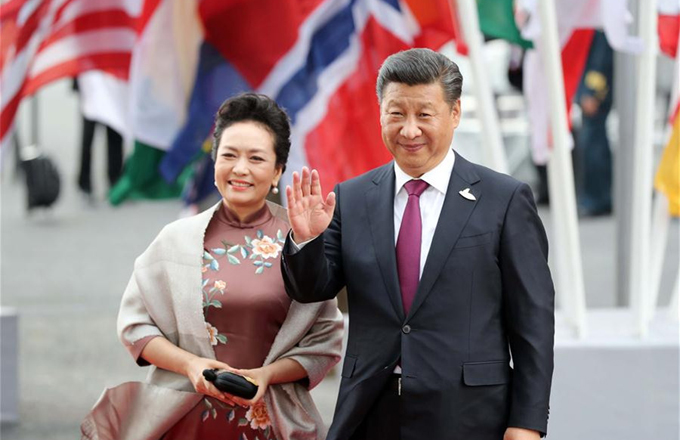Sustainable infrastructure a problem in urbanization program
New towns need to be created with infrastructural plans in place for the future, a senior official with the nation's top economic regulator said on Friday.
"Local governments need to have long-term sustainable plans improving infrastructure in step with an expanding population," Xu Lin, director of the development planning division of the National Development and Reform Commission, said during the international forum on sustainable urban development.
"The problem is many local governments' plans to build new towns with sole aim to get special construction funds," he said.
Xu was referring to China's urbanization program for building new towns with distinctive features, which are usually themed around a single industry such as high-end manufacturing or tourism.
Local governments are able to get financial and policy support once their plans are approved by the top authorities.
China plans to build 1,000 new towns by the end of 2020, but the central government has received twice the number of proposals from local governments than expected, according to Qiu Baoxing, former vice minister of Housing and Urban-Rural Development.
Xu suggests the local governments figure out how to feed the development needs of major city clusters where a large number of urban residents are expected to live.
The National Development and Reform Commission will finish compiling plans on the development of five interregional city clusters by the end of 2017.
China is expected to form 20 major city clusters by the end of 2020, according to the 13th Five Year Plan (2016-20).
Echoing his remarks, Li Tie, head of the NDRC's China Center for Urban Development, said the market should play a key role when building new towns.
He said the public and private partnership model should be promoted, because the profit-driven private sector will help improve efficiency and make sure that the new towns will not be damaged by heavy handed government intervention.



















